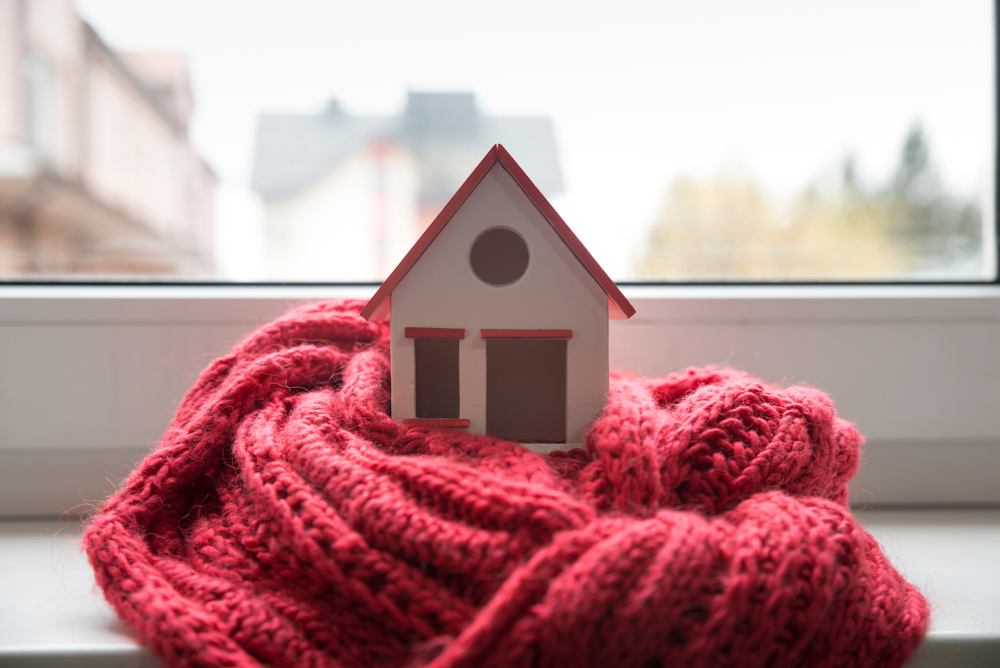Winter is already upon us, but if you’re managing several properties or have had a busy schedule, winterizing your properties might not have been at the top of your priority list. However, it’s not too late to get the job done. As the days continue to stay short and the air grows increasingly chilly, there’s almost no doubt that an unwinterized apartment, condo, or home is feeling the pains of a brutal winter. If you want to make sure your tenants are comfortable and want to lower heating and general energy bills, it’s time to get to work. Here’s the Rhino guide to winterizing a property for happier tenants.
Check Windows & Doors
Doors and windows are the first things you should check. If your rental is older or hasn’t been winterized in some time, it’s definitely time to check on areas that easily get drafty. If you’re walking through the rental, make sure to place your hand along window sills. Feel a bit of cold air seeping through cracks? Regardless of whether the wear along the window is noticeable or not, it’s likely time to recaulk the area. Even small drafts can cause significant issues with heating. When it comes to entry doors, it’s always a safe bet to change out weatherstripping along the bottom of the door.
Cover or Completely Remove A/C Units
Don’t let collected snow ruin or damage an otherwise fine A/C unit. If you haven’t already, now is the time to remove A/C units that are detachable. If the property’s A/C unit is on the roof, it’s time to wrap it up. Draining and wrapping a unit is the only way to ensure that it’ll be ready for use once the weather warms up. As for A/C units inside a home, or wall units, using insulated covers can help keep the unwanted cold out. Just remember to drains units before you prepare them for storage.
Insulate Pipes
Nothing is worse than a call from a tenant letting you know that a frozen pipe has burst. Any pipes that are exposed to the winter elements are far more likely to freeze. You can keep this from happening by simply insulating outdoor pipes with foam. If your rental property is in a secluded area, or in an area that sees temperatures that frequently drop below freezing, you may want to invest in an electric heating cable. The latter is not only be helpful for pipes in hard to repair areas but ones that are more vulnerable.
Consider Smart Devices
Want to keep your tenants happy and see increased savings on bills that you’re potentially taking care of? Investing in a programmable thermostat might be the answer. With a smart home thermostat, tenants can have greater control of temperatures when they’re outside of their property. So instead of running a heater throughout the day, a tenant can lower their thermostat when they’re outside of the property, and conveniently turn it back on when they’ve returned.

